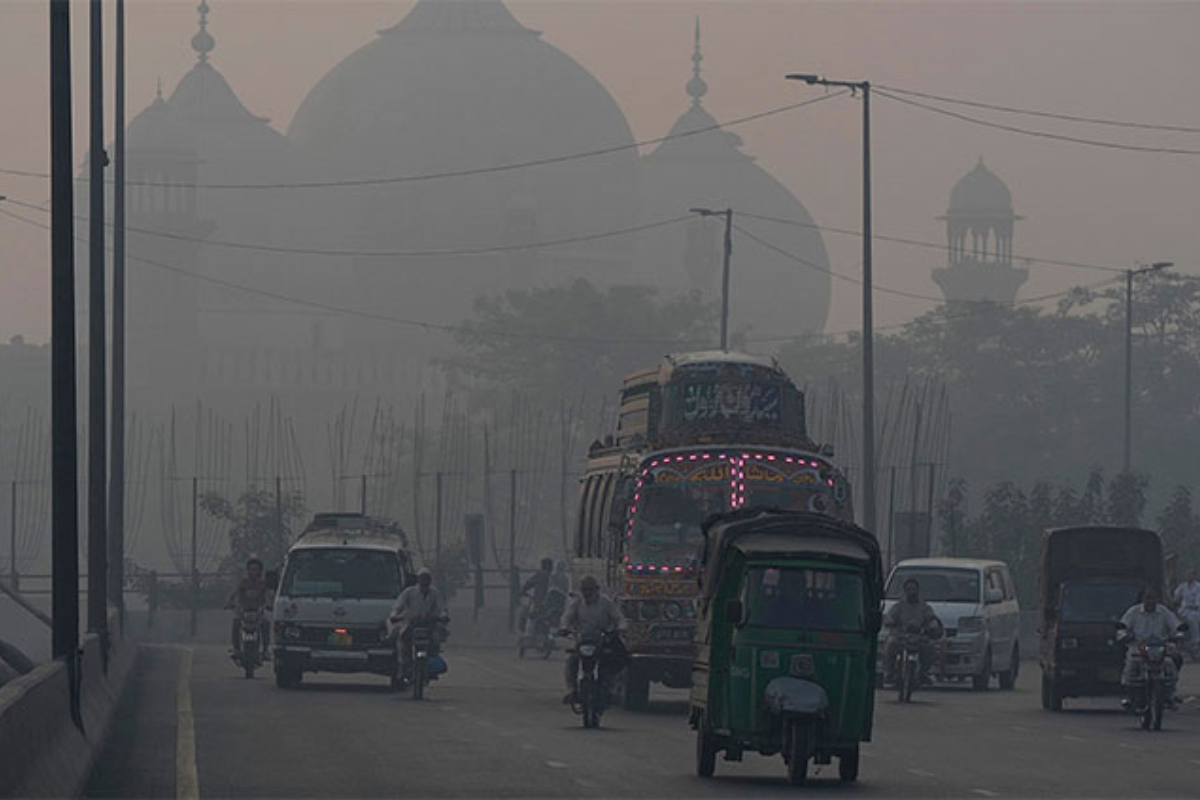Polluted air continues to affect Punjab, with Lahore topping the list of the world’s most polluted cities, reaching an Air Quality Index (AQI) of over 700.
Despite the authorities’ efforts to reduce smog, poor air quality persists in Lahore and several other cities. Multan, with a hazardous AQI of 1,659, has become Pakistan’s most polluted location, posing serious health risks.
Due to thick fog, sections of the Lahore-Islamabad and Lahore-Sialkot motorways have been closed, impacting traffic visibility.
In response to the smog crisis, the Punjab government recently closed schools up to higher secondary levels in affected districts, including Lahore, Sheikhupura, Kasur, and Faisalabad, until November 17.
Air pollution levels have reached alarming highs, especially impacting children’s health. Lahore consistently ranks among the world’s most polluted cities, pushing local authorities to take urgent measures.
Senior Minister Mariyum Aurangzeb noted that winds from India are worsening the smog in Lahore, suggesting the need for dialogue with India.
Jahangir Anwar, Punjab’s environment secretary, confirmed that polluted air from India has raised Lahore’s AQI significantly.
An environmental official mentioned to AFP that Lahore’s AQI had never previously reached 1,000. Smog from diesel fumes, agricultural burning, and cold weather has blanketed Lahore for days.
At one point, Lahore’s air quality surpassed WHO’s safe limits by over 80 times, with PM2.5 particles — the most harmful pollutant — peaking at 1,067 before dropping to around 300 in the morning. WHO considers PM2.5 levels above 10 unsafe.



















